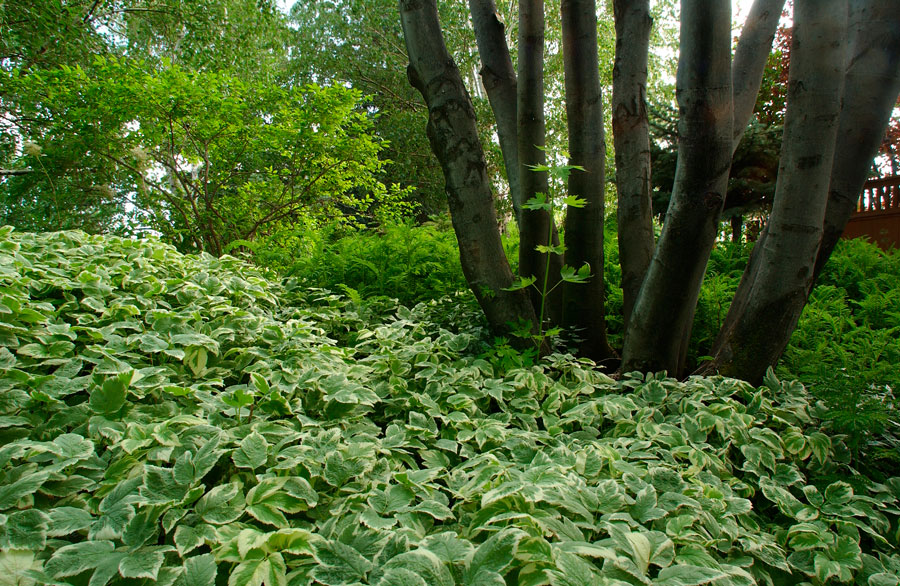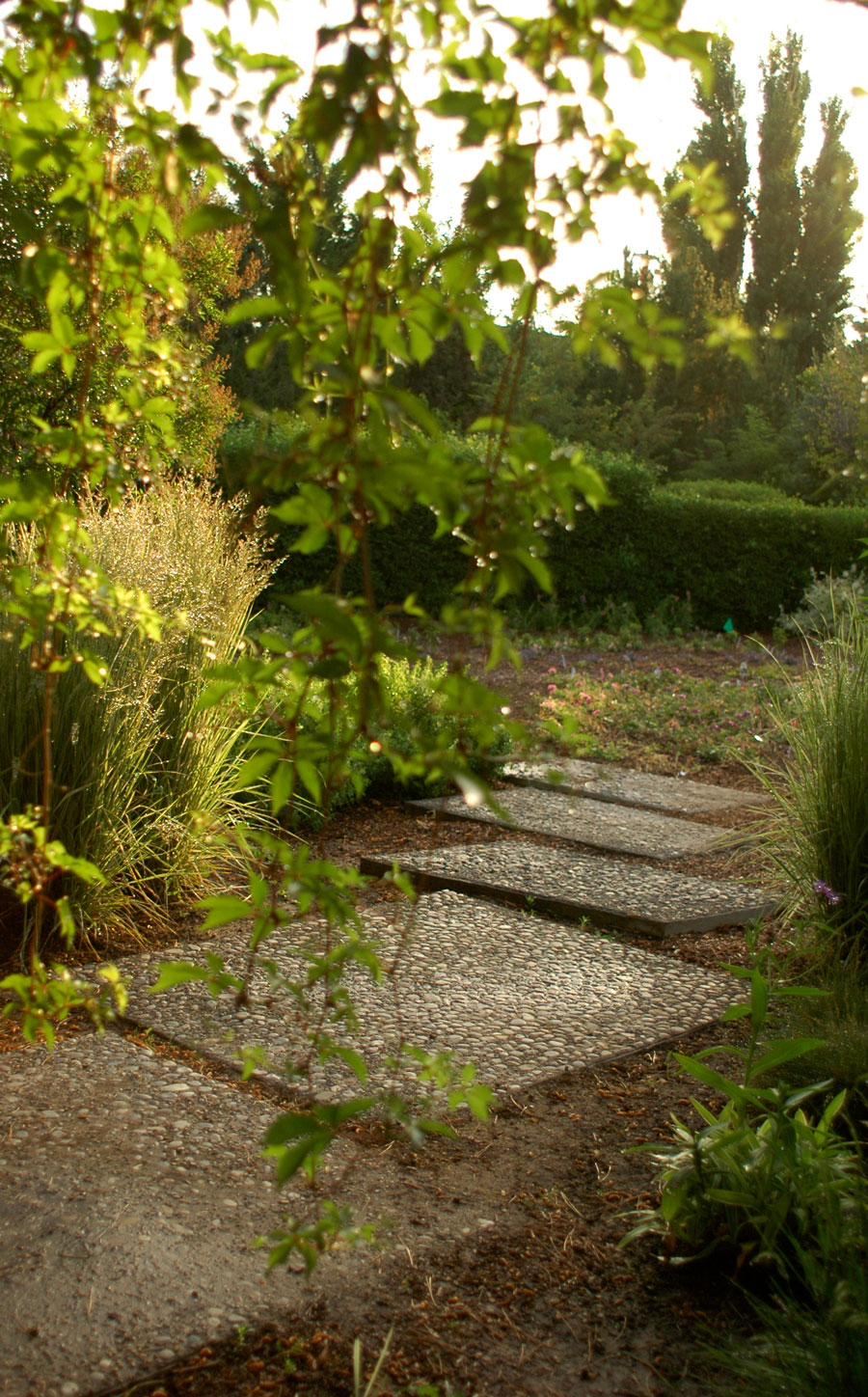Making the most of shady areas in your yard to create an inviting space for others
Published at
We all have a north side to our homes, outbuildings, or other structures where there is very little sun and shady most of the day. Too often, these places are neglected, ignored, or never reach their full potential as an enjoyable place to spend time during a hot spell. Sometimes they become a mess of troublesome weeds, such as white bryony.
But these shady locales have the potential to be one of the most relaxing and beautiful places in your yard — if you blend the elements of plant material, hardscapes, and seating together correctly.
To create a shady oasis in your yard, begin by determining how many hours of sunlight the area receives. For example, if it never gets any sun, then it is considered total shade, and you would select plants that can tolerate complete shade for that area. If it receives up to a half-day of sun, then it’s partial shade, and you must choose plants that will thrive in those conditions.
Here are a few ideas for plant materials that enjoy shady areas:
Hostas: These foliage plants are the workhorse of shade gardens. With large leaves that have a naturally lush and full appearance, they make any shade garden appear full of greenery and very inviting. The leaves come in many shades of green, ranging from bluish slate green to dark green with white edging. They do flower, but the blossoms are not overly impressive, and overall their best attribute is their foliage. These are perennial, meaning they will come back year after year. They are also cold-hardy to our area, and are a long-lived plant.
Heuchera (commonly known as Coral Bells): A great shade plant that adds deep vibrant color for your garden. The color of the foliage and stems can come in several different colors, including purple, green, yellow, and shades of reddish-orange. They also have small light purple flowers on thin stems.
Lamium: This plant is a great ground cover with a silvery gray color on the upper side of the leaves. There are clumping forms of Lamium as well as the more common form that tends to fill in an area.
Astilbe: With very pretty flowers, this is a great shade plant, especially for our cooler region, with very attractive foliage as well as a long blooming period.
Ferns: An underused plant for shade gardens is ferns. There are many different types of ferns that thrive in our area, and for the most part, they enjoy a cool shaded location with low wind. One commonly used and excellent fern for our area is the Mattuccia Ostrich Fern.
Brunnera: Originally this was a woodland plant where the tall trees of the forest shaded them and then were later used as perennials in shade gardens. It has nice wide, oval-shaped leaves, and airy flowers. The seeds of this plant are a little tricky to get started, so buying starter seeds are the best option. Once established, these plants will readily self sow seeds around them.
Other good shade plants for our area include Jacob’s Ladder, Ligularia, and Helioboris.
Another aspect of a pleasant shade garden is what you use for a walking surface. Certain kinds of walking surfaces lend themselves well to a shade garden. Brick paver patios, flagstone rock, or small round gravel (also called pea gravel) work well in the ambiance of a cool lush garden. They also allow for adequate drainage, while solid surfaces such as asphalt or concrete can have standing water accumulate on them and invite mosquitoes or moss to grow.
A nice flagstone patio will also compliment the natural setting of lush foliage and greenery better than a concrete pad.
Providing seating and garden furniture is an invitation for people to stop, visit, and enjoy the hard work you have put into your shade garden. It is a subconscious way of saying, “come and get off your feet for a moment.” Choosing furniture that matches the environment and doesn’t stick out is important. For example, putting a white plastic chair in amongst dark green plants would really stick out, whereas a dark-colored park bench would blend better with the surroundings.
Another addition to an inviting shade garden is an element of water. I am not saying that you should construct Niagara Falls in your backyard or even a permanent water feature. But, adding a water feature or something like it, can add and enhance the effect of the cool surroundings. The sound of trickling water can create a sense and feeling of refreshment. You can purchase a self-contained fountain or build a pondless water feature to create this experience.
For more ideas or questions on shade gardening, you can reach Lance Ellis at (208) 624-3102.

In the Garden is sponsored by ProPeat, which is dedicated to delivering solutions for any of your professional fertilization needs. Whether you need to reduce the harm to soils and the environment, or you're interested in the latest nitrogen, carbon and biochemical technologies, ProPeat is the perfect fit.



